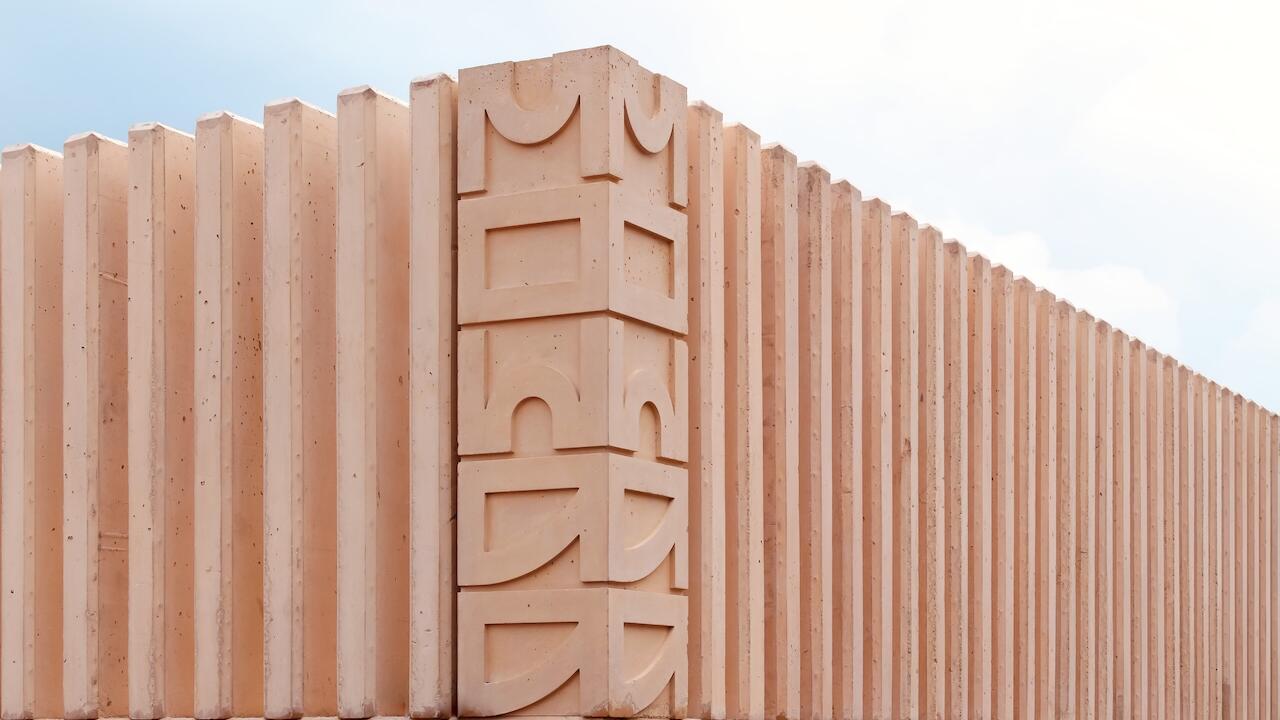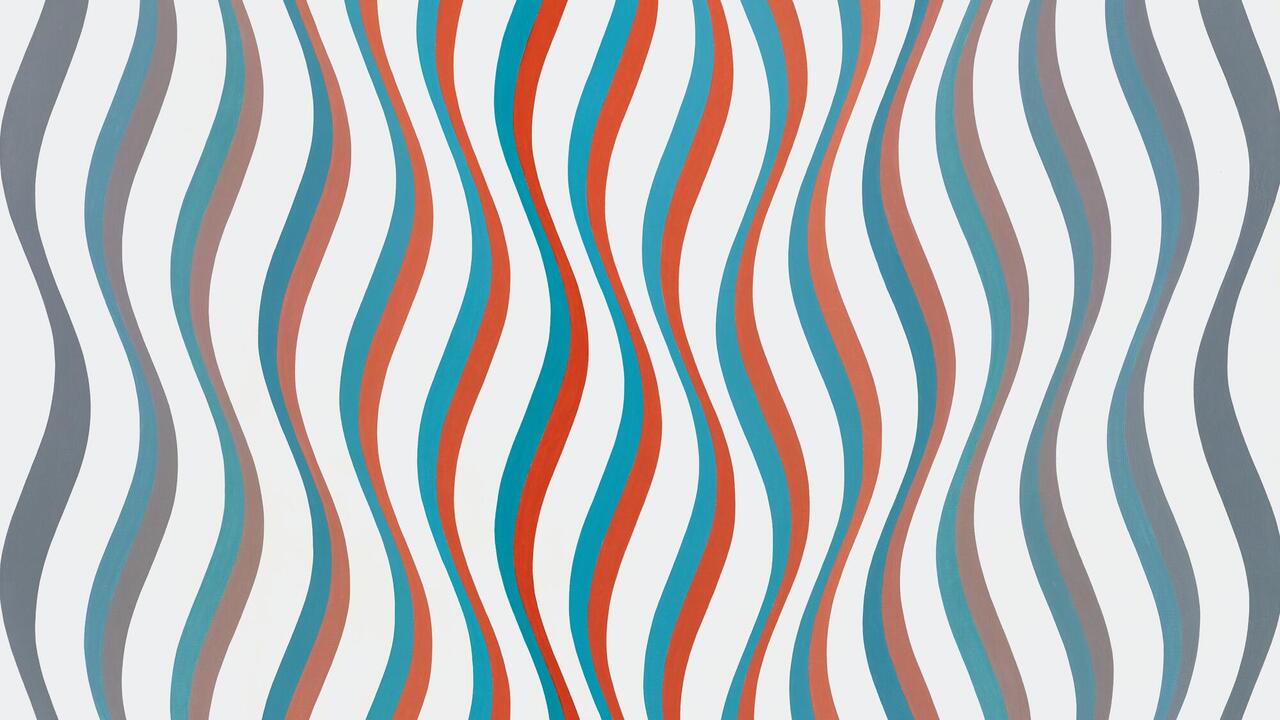Winding Down
Andreas Slominski
Andreas Slominski
Windmills are part of a simpler bygone age, a time of pastoral scenes whose unhurried pace was marked out by the sweeping arms of wooden sails driving the cogs of milling and sawing machines. A time before cows went mad, when men and women danced gaily in the fields at harvest time. But the wind has never been dependable; moving across the great expanses of the planet, it arrives according to its own capricious scheme. More reliable forms of power have long since been developed, leaving windmills obsolescent and abandoned to ruin.
For his recent show in Frankfurt, Andreas Slominski brought a dilapidated set of windmill sails into the gallery. The giant spread of spars and struts filled the space like some huge ancient skeleton, replete with a sense of its prior power. Alongside the main structure were piles of broken pieces and lengths of solid beams, casually organised as if about to be moved again or worked upon.
No museum display of relics, this was a working proposal to demonstrate the renewed potential of the decaying sails. An antiquated workshop stove had been installed in the gallery, complete with metal chimney running through the wall to the outside. Twice a week Slominski would fire up the stove for a few hours using wood sawn from the windmill, approaching his ritual with a quiet commitment. When asked by visitors if he could extend the times of the fire he refused with the reply - 'You only have church services once a week'.
Whilst the show at Portikus had a quiet solemnity, Slominski's next use of windmills, in Cologne, was a colourful, busy Legoland village of doll's house-sized models. There were two main types: a collection of old-fashioned, craftsman-made replicas with wonderfully accurate detailing, and a series of brightly-painted schematic versions following a cartoonish, cardboard cut-out design.
The former style have that curious charm particular to miniature things, where the reduction in scale has the effect of elevating us to god-like giants which in turn evokes a kind of paternalistic affection. Yet there is more to them than mere sentimental entertainment. Slominski makes it clear that they are not to be seen as re-presented found objects. Some have undergone a process of gentrification, including the addition of new features such as a set of stairs, a balcony, or a weather vane, while others have been newly constructed to the artist's design.
In comparison to the nostalgia swirling around the old-style models, the schematic type inflect an upbeat fairground vibrancy. Their outline shape and the chequered geometrical patterns of the painted sails, windows, and doors are based upon a limited number of a variables, producing a visual field of noise similar to a Steve Reich score. Fabricated with simple techniques, these windmills are also working models. An electric fan directed onto two of the windmills proves their efficacy, spinning the sails at a blurring speed.
Mapping out a meaningful guide to this Lilliputian world is no easy task. Slominski lays a trail of cryptological references which in part trace back to his earlier work. A bicycle valve used as a balancing weight on a sail recalls his exhibition in Krefeld where he inserted a bicycle valve into the window of the gallery. We are also reminded of his sculpture of a tramp's bicycle completely over-laden with stuffed plastic bags. The windmill sails themselves speak a coded language according to their different positions when at rest: just before the vertical signals good news and celebration, just past it means bad news, even death. And the rows of criss-cross painted fences repeat the artist's personal signature - the St Andrew's (St Andreas') cross.
The presence of additional sculptures shown amongst the model windmills add further lines of thought. A chair has collapsed to the ground, its legs spread out like a foal at birth. In a vitrine two plastic bags hold the remains of some coloured pencils - in one the wooden shavings that have been whittled away from the lead, in the other the remaining leads. From the ceiling a wooden clog hangs inverted from a bent metal rod. And heading towards the absurd, there's a bread roll with a single postage stamp attached. Yet what appears to be a dead end is in fact a genealogical link to another earlier work. In response to an invitation to participate in a group show, Slominski visited a zoo and persuaded a giraffe to lick a stamp which was then stuck to an envelope, posted, and entered into the exhibition as his work.
Slominski's shift away from the production of discrete art works in favour of an accumulation of interrelated objects, actions, and interventions, precludes the tying of a neat knot from the many strands. The single invariable throughout is the artist himself. Yet if Slominski is the cipher, his illusive strategies make him difficult to pin down.
And it is known Slominski is fond of traps. He has amassed several hundred of them from around the world. Designed to ensnare everything from insects to birds, from fish to bears, he exhibits them in taxonomical groups where they are always primed, ready to spring. One wrong move and you're caught.














